Pruning Ponytail Palms: Can You Trim Ponytail Palm Plants
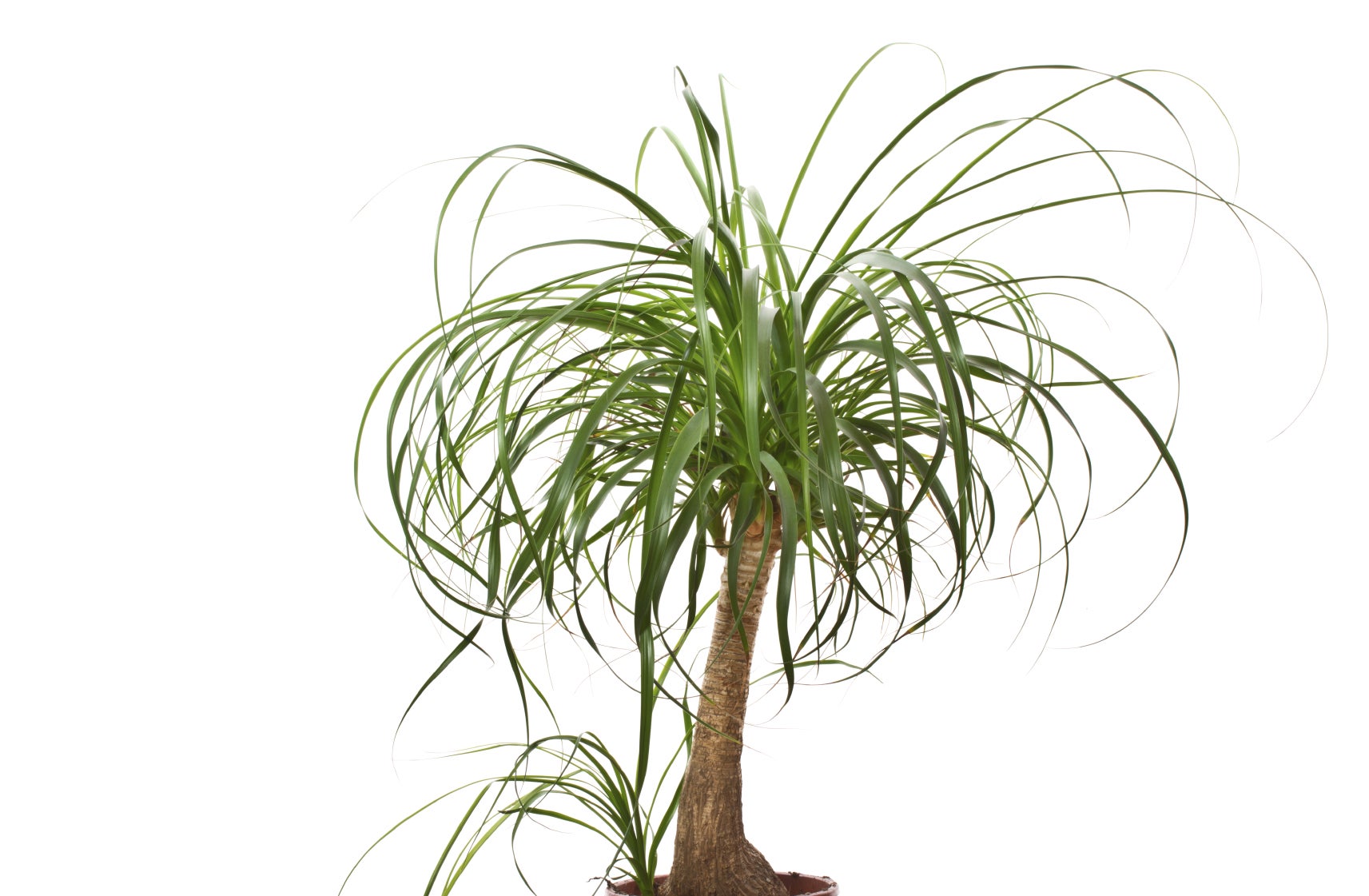

Ponytail palms are truly interesting houseplants with their spiky poof of slender leaves capping a decidedly elephant skin trunk. They are not true palms, however, so can you trim ponytail palms? Read on for the answer on how to prune ponytail palm and the chances it will come back from severe top damage.
Ponytail palms are inexpensive, fun little houseplants with slow growth and minimal care needs. Place the little plant in full sun and water sparingly and normally it will continue its tortoise-paced growth and give you no trouble. About the only problem with these plants is overwatering.
Can You Trim Ponytail Palm?
Let's be clear on the difference between trimming and pruning. Trimming may be done with shears and generally refers to the removal of the tips of leaves. Pruning is done with the intention of removing base and woody material for plant rejuvenation, or restoration.
The ponytail palm leaves are sensitive to injury and tend to get dark at the ends. Cutting back ponytail palm leaves is easy in order to preserve the appearance of the plant. Use good sharp scissors or yard snips to cut off just the discolored parts.
Ponytail Palm Pruning
Ponytail palm is a single-stemmed plant, which means that if you want to prune any base or woody material, you would literally be removing the trunk. Cutting back ponytail palm is not an effective method of maintenance in that it would leave an open trunk and no greenery.
The action would expose the stem to mold and mildew and it would likely rot before it could ever start producing any more leaves or offsets. The plant doesn't have stems so much, as simply the long strappy leaves that arch out from the slimmest part of the trunk.
Ponytail palm pruning is only used if you want to remove the pups for planting. This would be consistent with the definition of removal of base or woody material.
Gardening tips, videos, info and more delivered right to your inbox!
Sign up for the Gardening Know How newsletter today and receive a free copy of our e-book "How to Grow Delicious Tomatoes".
Making a Three Headed Plant
Pruning ponytail plants that are less than 6 inches (15 cm.) tall will result in the plant producing more heads. It only works on the very young plants and you should make slightly curved cuts into the main trunk to force growth. Keep the plant in an arid region, without much humidity, to prevent the cut from rotting.
Once it calluses, the plant will send out a shoot and eventually leaves to form another cap of foliage. Growers often create two- and three-headed plants in this manner, for larger ponytail palms with extra interest.
How to Prune a Ponytail Palm for Sucker Removal
The suckers are also known by the cuter name -- pups. These grow at the base of the thick trunk snuggled up to the parent plant. Also called offsets, they should be divided from the main plant in spring and planted as separate, although cloned, plants.
The leaves grow in clumps with a base that attaches to the trunk. The clump is an offset or pup. Use a very sharp, clean knife or pruners for pruning ponytail palms and plant the pups immediately in gritty potting soil.

Bonnie Grant is a professional landscaper with a Certification in Urban Gardening. She has been gardening and writing for 15 years. A former professional chef, she has a passion for edible landscaping.
-
 Looking For Plants To Give You The Soft And Fuzzies? Try These 5 Fuzzy Leaf Plant Options
Looking For Plants To Give You The Soft And Fuzzies? Try These 5 Fuzzy Leaf Plant OptionsLovers of texture, drama, silver foliage and tactile plants will adore these special sensory garden additions. These fuzzy leaf plant options will leave you all aglow
By Susan Albert
-
 Get Ready For A Summer Of Hummers! Grow These Full Sun Hummingbird Plants and Flowers
Get Ready For A Summer Of Hummers! Grow These Full Sun Hummingbird Plants and FlowersIf you’re lucky enough to enjoy a sunny backyard, make sure you are maxing out on your pollinator opportunities and grow these full sun hummingbird plants and flowers
By Tonya Barnett
-
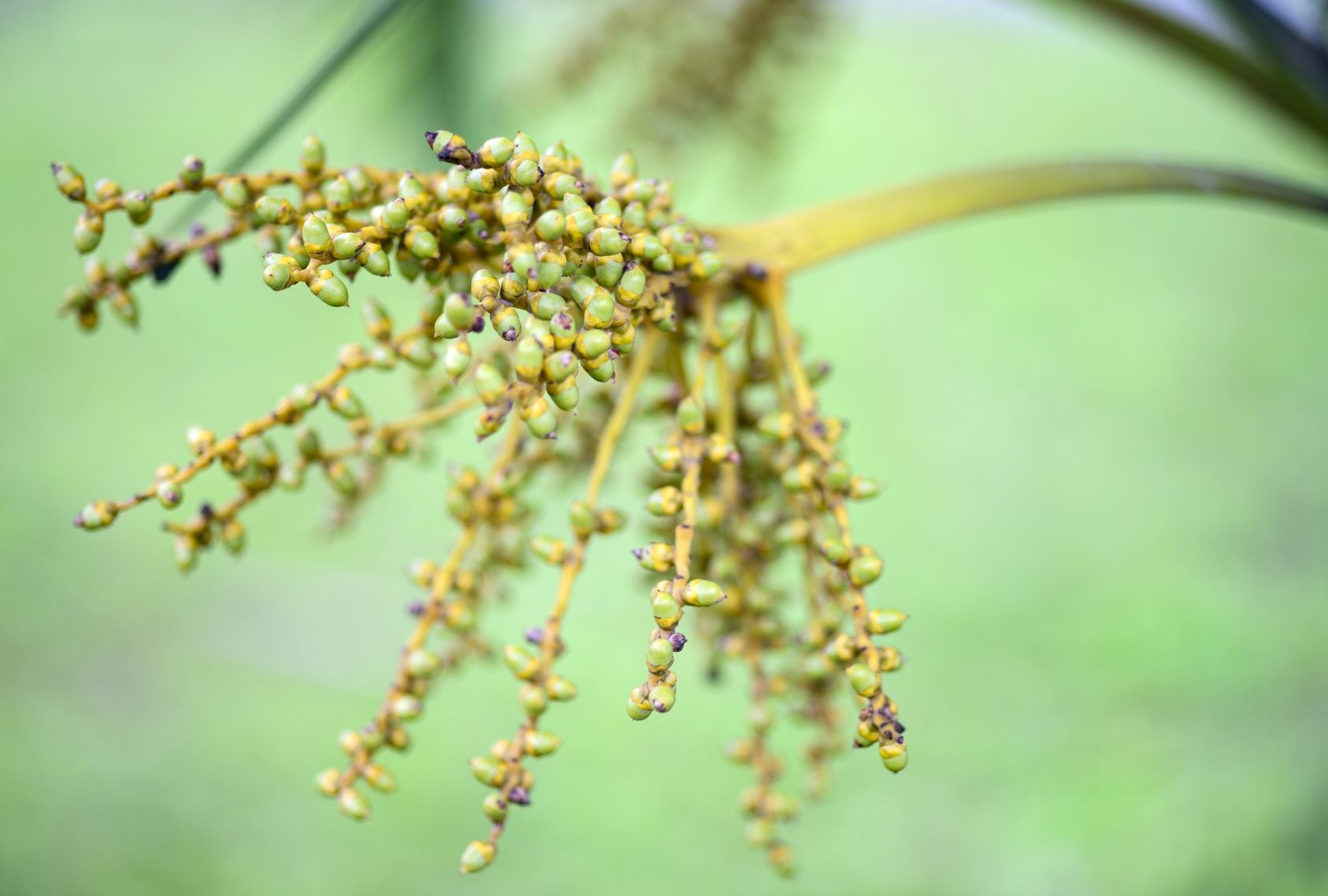 Propagating Ponytail Palm Seeds – How To Grow Ponytail Palm From Seeds
Propagating Ponytail Palm Seeds – How To Grow Ponytail Palm From SeedsPropagating ponytail palm seeds starts with harvesting fresh seed from the ivory white to creamy green flowers. We'll tell you all you need to know on how to grow ponytail palm from seeds and increase your stock of this wonderful unique plant.
By Bonnie L. Grant
-
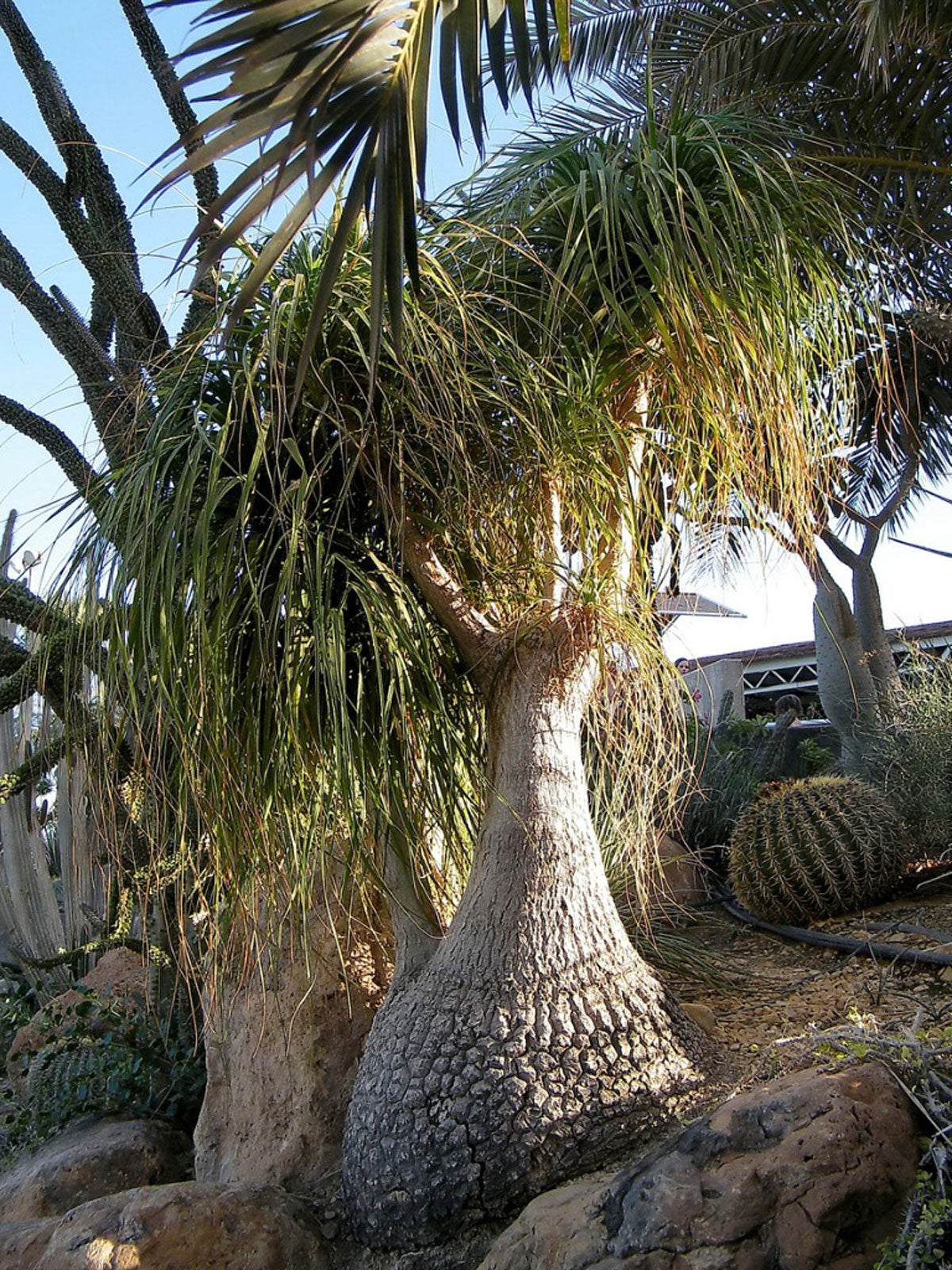 Outdoor Ponytail Palm Care: Can You Plant Ponytail Palms Outside
Outdoor Ponytail Palm Care: Can You Plant Ponytail Palms OutsideGrowing ponytail palm outdoors is possible in warmer climates and caring for ponytail palm outdoors is not difficult. For more information about how to grow a ponytail palm outside, this article will help.
By Teo Spengler
-
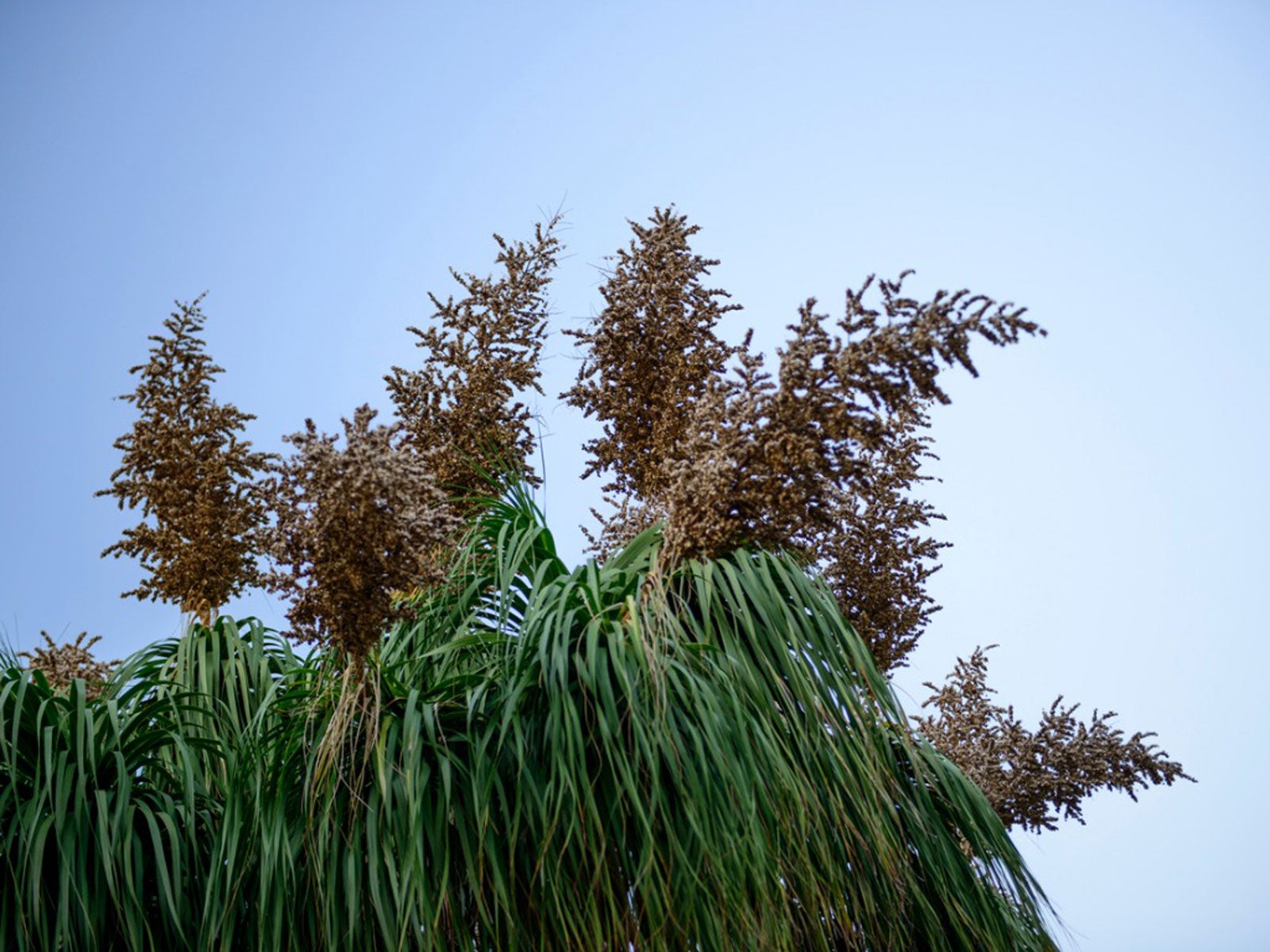 Flowering Ponytail Plants: Does Ponytail Palm Flower
Flowering Ponytail Plants: Does Ponytail Palm FlowerDoes ponytail palm flower? If you are hoping for flowers from this plant, you may have to wait up to 30 years to see it. This article contains additional information about the flowering of ponytail palm trees. Click here for more info.
By Teo Spengler
-
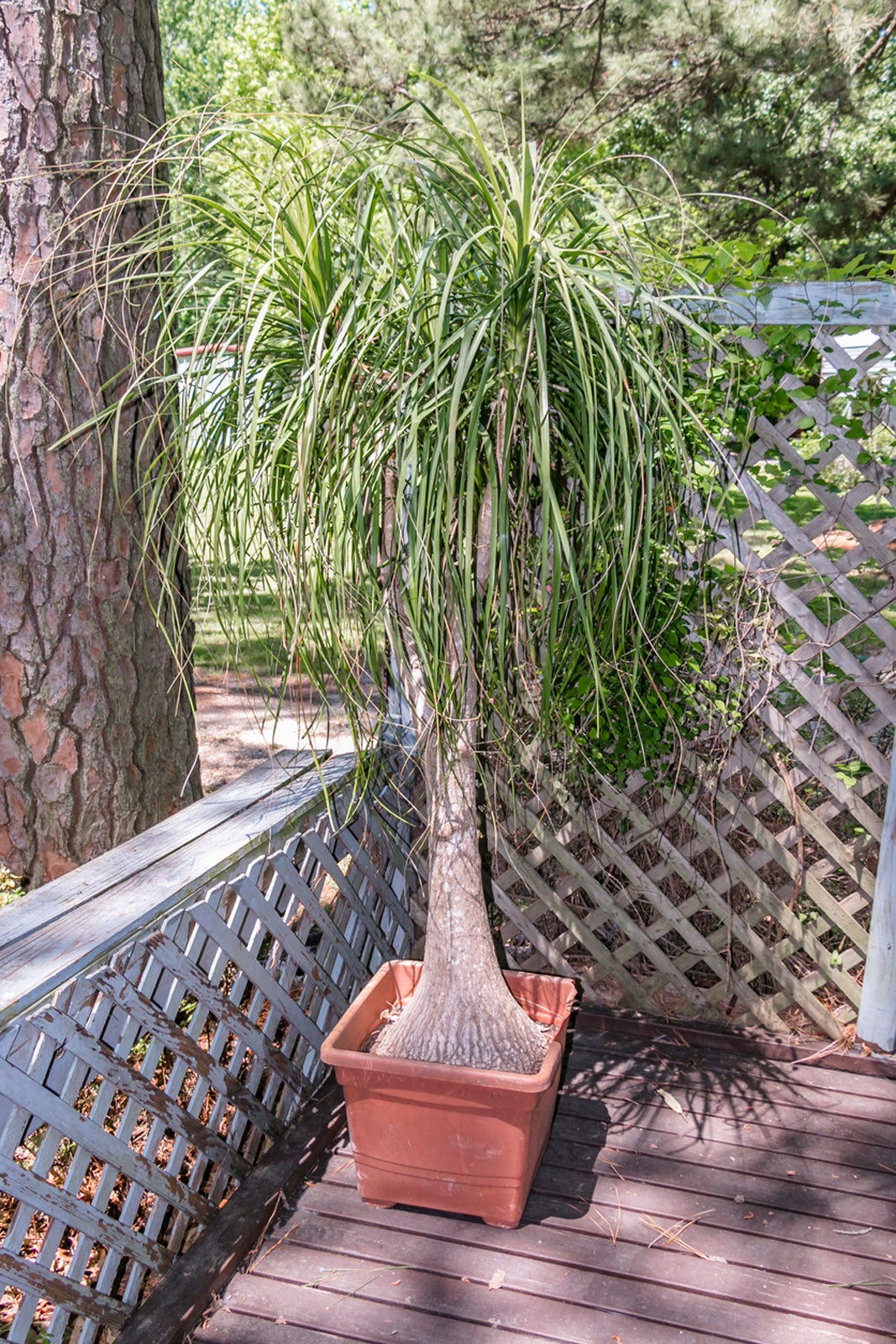 Can I Replant My Ponytail Palm – How And When To Move Ponytail Palms
Can I Replant My Ponytail Palm – How And When To Move Ponytail PalmsWhen people ask how to transplant a ponytail palm tree, the most important factor is the size of the tree. Transplanting large ponytail palms is a different matter than moving a small one. Read this article to learn about ponytail palm replanting.
By Teo Spengler
-
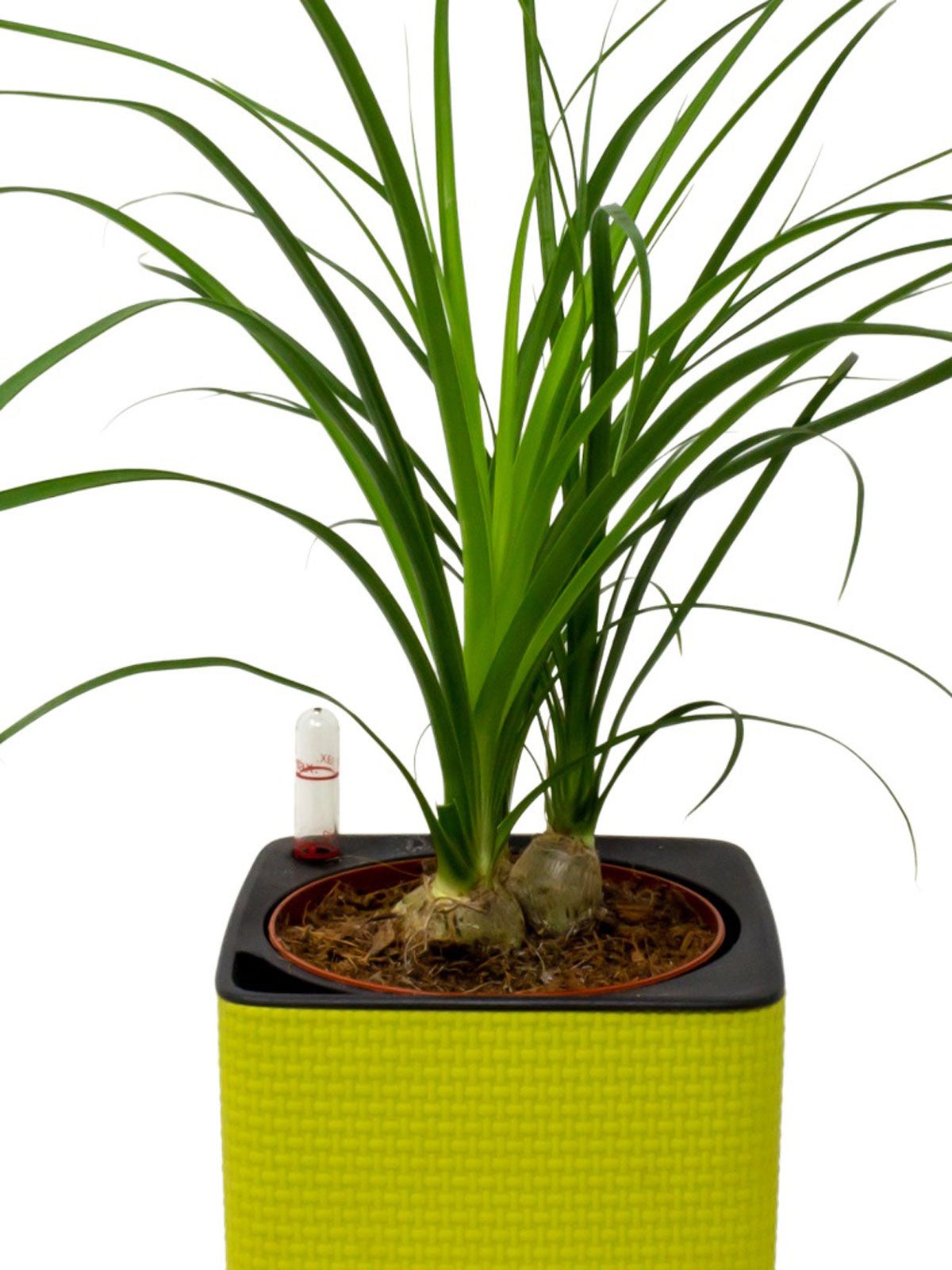 Ponytail Palm Propagation: Propagating Ponytail Palm Pups
Ponytail Palm Propagation: Propagating Ponytail Palm PupsPonytail palm plants develop pups, or side shoots, as they mature. Propagating ponytail palm pups will give you new little palms. Learn more about removing and planting these pups in this article.
By Bonnie L. Grant
-
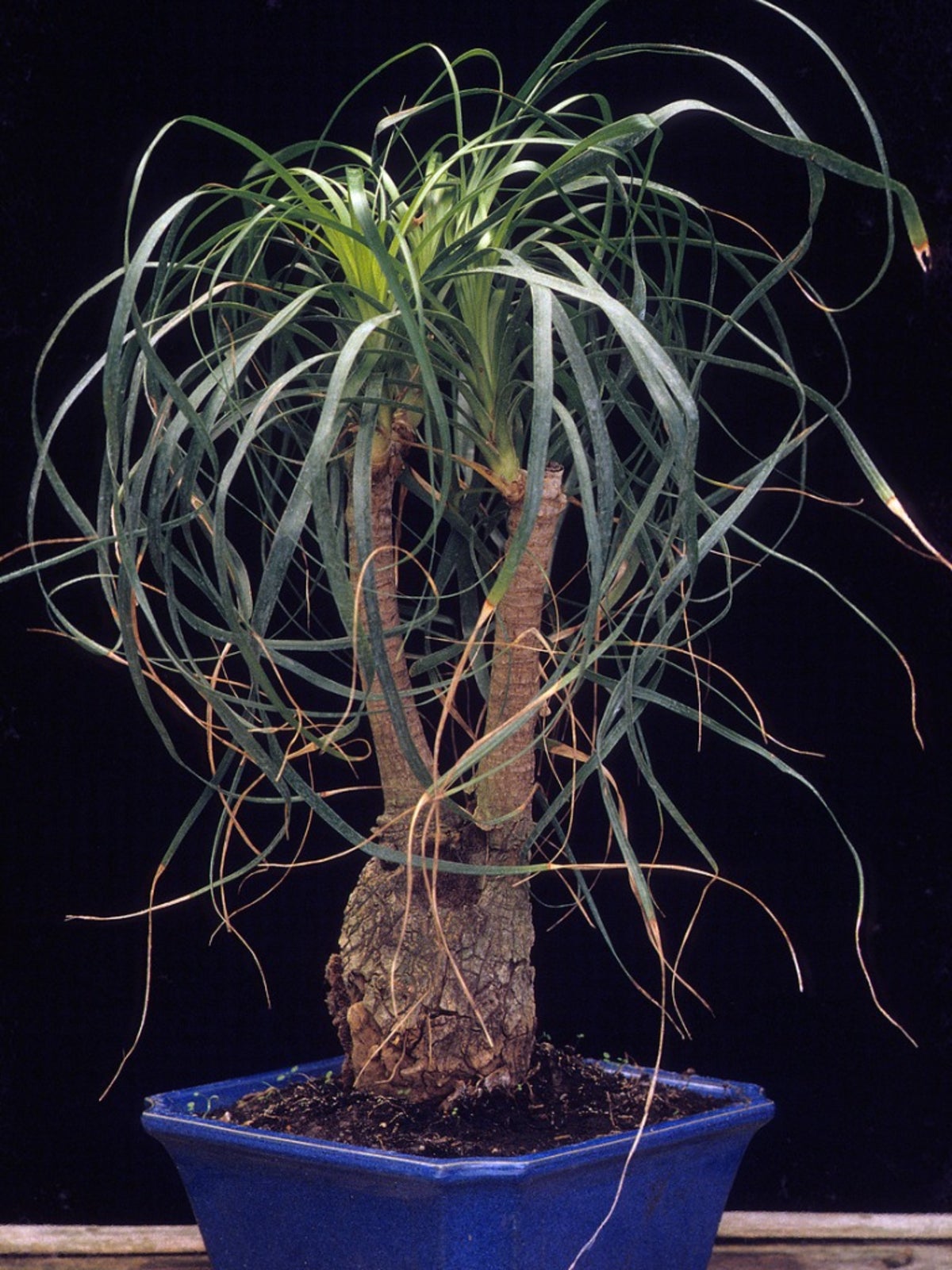 Bonsai Ponytail Palms: How To Prune Ponytail Palm Bonsai
Bonsai Ponytail Palms: How To Prune Ponytail Palm BonsaiThe ponytail palm bonsai tree is great a great low-maintenance option for the bonsai enthusiast or even for those that are new to bonsai plants. Get more information in this article.
By Susan Patterson
-
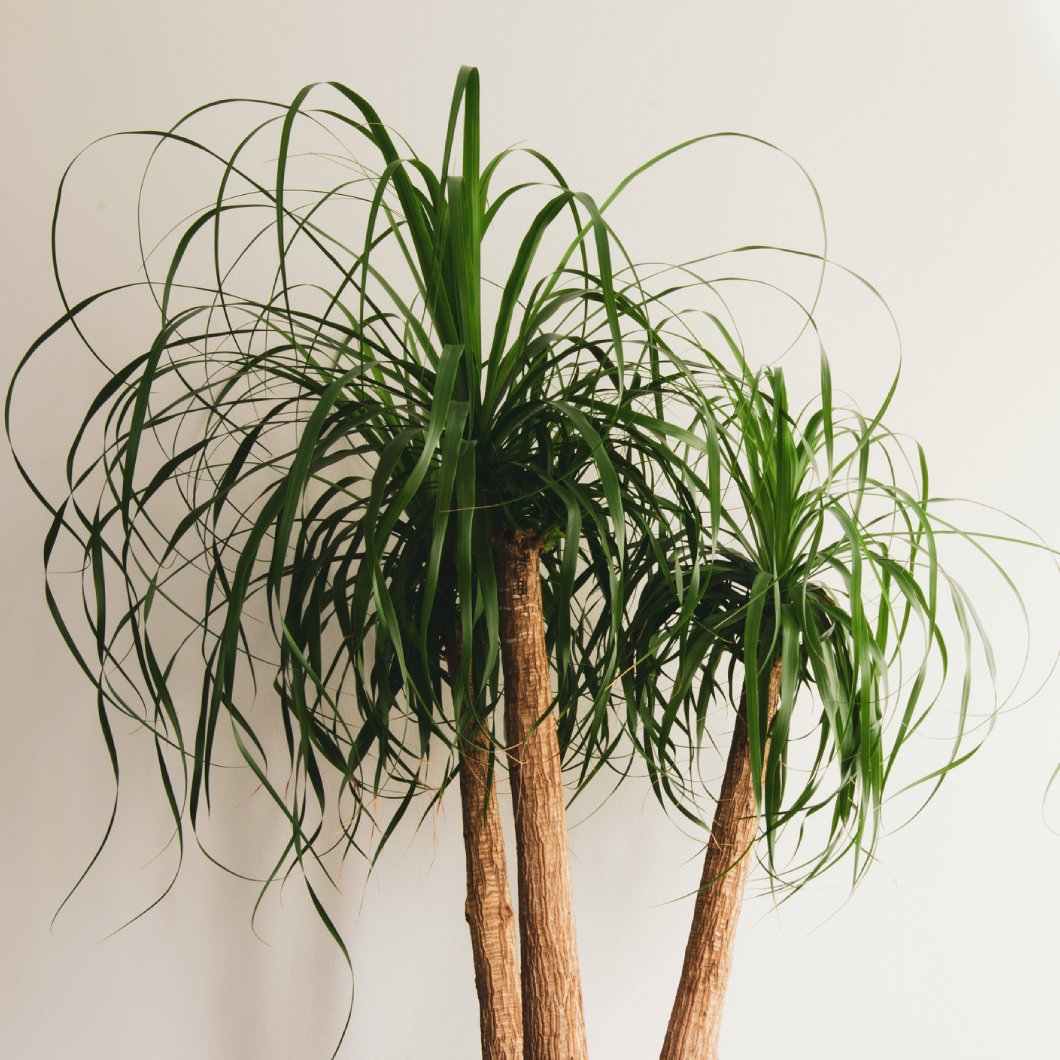 Care Instructions For Ponytail Palm - Tips For Growing Ponytail Palms
Care Instructions For Ponytail Palm - Tips For Growing Ponytail PalmsIn recent years the ponytail palm tree has become a popular houseplant, and it is easy to see why. Ponytail palm is forgiving and easy in its care. Learn more caring for the plant in this article.
By Mary Ellen Ellis